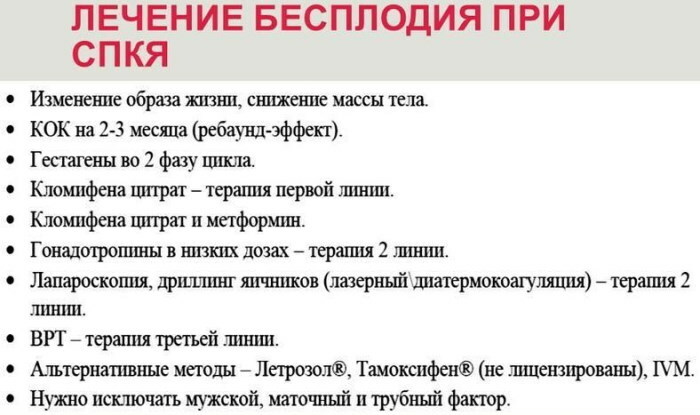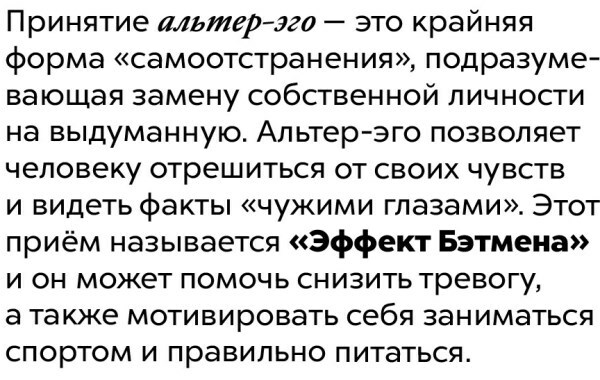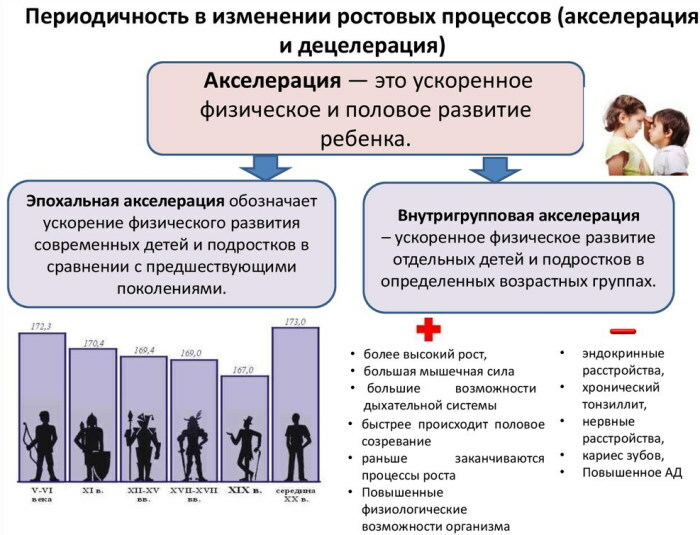Content
- Forms of release and composition of the drug
- Pharmacological properties
- Pharmacodynamics and pharmacokinetics
- Indications for use for children
- Contraindications
- At what age can the drug be used for children?
- Instructions for use, dosage
- Side effects
- Overdose
- special instructions
- Drug interactions
- Analogs
- Terms, conditions of sale and storage
- Price in pharmacies in Moscow, St. Petersburg, regions
- Video about the drug Polyoxidonium
Polyoxidonium for children refers to immunomodulatory agents. The active substance of this drug is a high-molecular compound that has no analogues in the world of pharmaceuticals. According to reviews, this drug is highly effective for the treatment of frequently ill children.
It can also be used for prophylactic purposes, to prevent exacerbation of chronic inflammatory diseases, acute respiratory infections and acute respiratory viral infections. A distinctive feature of this remedy is that it has a complex effect, and in patients with a good immune status does not lead to hyperactivation of immune cells.
Forms of release and composition of the drug
Polyoxidonium for children, reviews of which are mostly positive, is available in 3 forms described in the table.
| Release form | Active substance | Active ingredient content, mg, in 1 drug unit | Excipients | |||||
| Mannitol | Povidone | Cacao butter | Edible milk sugar | Starch | Octadecanic acid | |||
| Suppositories for rectal administration (into the anus) | Azoximer bromide | 6 | 1,8 | 1,2 | 1291 | — | — | — |
| Pills | 12 | 3,6 | 2,4 | — | 185 | 45 | 2 | |
| Lyophilisate in glass vials for injection and topical use | 3 | 0,9 | 0,6 | — | — | — | — |
Pharmacological properties
The immunomodulatory effect of the drug is associated with an increase in the natural nonspecific and adaptive (acquired) immunity and proceeds according to the following mechanism:
- Activation of macrophages (cells that absorb and digest foreign elements), dendritic (producing interferon alpha) and mast cells that perform a protective function when bacteria invade the body and viruses.
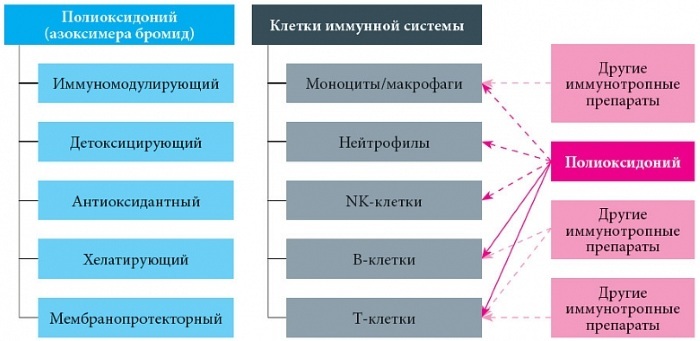
- The emergence of an imbalance of biogenic amines (dopamine, norepinephrine and adrenaline) and cytokines, information molecules in the lobules of the thymus gland.
- Acceleration of differentiation, faster maturation and release into the blood of T-lymphocytes from the thymus gland, cells of adaptive immunity.
- Enhancing the production of interleukin-1 by macrophages, a mediator of inflammation and immunity, as well as necrosis factor tumor, triggering an immune response to external stimuli and contributing to the destruction of cancerous cells.
- The growth of the hormone cortisol in the blood, the death of sensitive T-lymphocytes and the attraction of new macrophages.
Thus, there is an increase in the functional properties of the most important cells of the immune system (phagocytes, killer cells, T cells), all of its links are stimulated at the cellular and humoral level (stimulation of the formation of antibodies), including thymus.
The general effects on the body are as follows:
- increased resistance to local and generalized infections of various natures (bacteria, viruses, fungi);
- restoration of immunity in secondary immunodeficiency states after serious illness, injury, surgery, burns, with autoimmune pathologies, malignant processes and their treatment with chemotherapy, cytostatic and hormonal funds;
- neutralization of toxic substances, which is due to the chemical structure of the active component - active groups are present on the surface of the molecule, which absorb harmful compounds and microparticles (this property of the drug is used for burns, diseases of the pancreas and other pathologies);
- antioxidant properties (neutralization of free radicals that damage cell walls and lead to their vulnerability to bacteria, viruses and fungi), the interception of reactive oxygen species, a decrease in the activity of ferrous iron (it contributes to the formation of a large number of free radicals);
- anti-inflammatory effect due to stabilization of the ratio of cytokines that contribute to the development and inhibition of the inflammatory process.
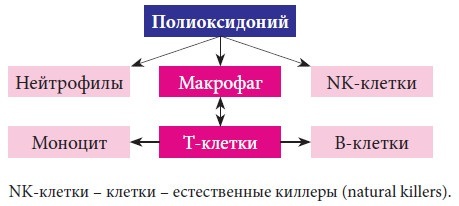
The advantages of this drug in comparison with other immunomodulators are as follows:
- preservation of natural mechanisms of slowing down the immune processes;
- the absence of such negative effects as depletion of the reserves of the hematopoietic system;
- complex impact;
- the possibility of using both for the prevention and for the treatment of diseases;
- activation of tumor necrosis factor only in those patients in whom there is a decrease in its production;
- the absence of the phenomenon of hyperactivation of immunity at a normal level of cytokines, teratogenic, embryotoxic, carcinogenic, allergenic side effects.
Polyoxidonium for children, doctors' reviews are characterized as a medicine that causes an overall positive trend in patients:
- elimination of pain syndrome;
- shortening the duration of treatment;
- increasing the duration of remission of the disease;
- more rapid reduction in pathological symptoms;
- reducing the risk of infectious complications;
- reducing the need for the use of antibacterial, glucocorticosteroid and bronchodilator drugs.
Pharmacodynamics and pharmacokinetics
Pharmacokinetic and pharmacodynamic properties for different forms of this agent are described in the table below.
| Release form | Bioavailability,% | Time to reach maximum blood concentration, h | Half-life | Half-life, h |
| Pills | >70 | 3 | 35 minutes | 18 |
| Candles | Not less than 70 | 1 | 30 minutes. | 36 |
| Lyophilisate | >90 | 0,66 | 26 minutes | 36-65 |
The general characteristics are as follows:
- fast absorption and tissue distribution;
- the ability to penetrate the physiological barriers between the circulatory and central nervous system, between the endothelium of the retinal capillaries and other parts of the eye;
- no cumulative effect;
- the concentration of the active substance in the blood is directly proportional to the dose taken;
- metabolism to lower molecular weight compounds;
- excretion from the body - mainly through the kidneys (<3% - through the intestines).
Indications for use for children
The drug is intended for the treatment of pathologies in various fields of medicine:
- Otolaryngology and Pulmonology:
- infectious inflammation of the mucous membrane of the paranasal sinuses and the nose itself;
- pulmonary tuberculosis;
- acute or chronic inflammation of the pharyngeal tonsils;
- grade II adenoid hypertrophy;
- inner and middle ear infections;
- inflammation of the tonsils;

- prevention of intracranial complications of ENT pathologies.
- Gynecology and urology (only in complex therapy):
- pyelonephritis;
- infectious inflammation of the urethra;
- cystitis;
- bacterial vaginosis in girls and other infectious and inflammatory diseases of the genital organs;
- to reduce the nephrotoxic effect of drugs.
- Allergology:
- seasonal allergic reaction to plant pollen;
- toxic and allergic conditions arising from the background of infection;
- bronchial asthma.
- Surgery and Traumatology:
- prevention of postoperative infectious complications;
- purulent-inflammatory processes;
- fractures;
- for faster healing of postoperative wounds and closure of fistulas.
- Dermatology:
- atopic dermatitis with purulent complications;
- prevention of herpes sores on the lips and nose;
- trophic ulcers;
- burns (to speed up healing).
- General therapy and immunology:
- prevention and treatment of respiratory diseases, influenza in the acute and chronic phase;
- immunodeficiency states;
- intestinal dysbiosis (in complex treatment);
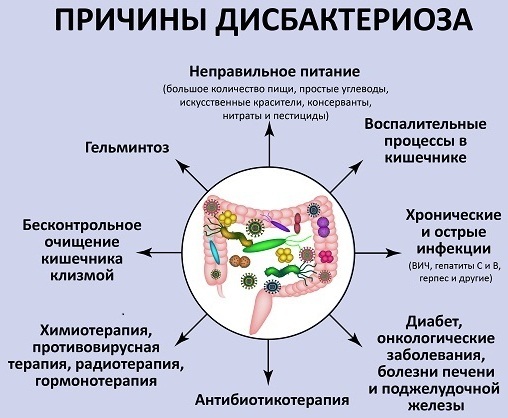
- chronic infectious and inflammatory pathologies of any localization and etiology;
- generalized infections (allows you to reduce the mortality of patients by up to 20%);
- juvenile rheumatoid arthritis;
- correction of secondary immunodeficiencies arising in severe diseases or under the influence of external unfavorable factors.
Polyoxidonium for children with inflammation of the pharyngeal tonsils gives a positive clinical effect within a day: according to patients' reviews, in 85% of cases there is a decrease in headache and signs of intoxication (fever, tachycardia). After a month, the hypertrophy of this organ decreases, and pathogenic bacteria and viruses disappear from the mucous membranes of the nasopharynx.
When applied topically, lymphocytes are activated, which are located in the bronchi, nasal cavities, middle ear and pharynx, which are the "gateway" for respiratory infections.
The use of this drug in frequently ill children for the prevention of acute respiratory diseases showed a decrease in morbidity 3 times compared with the control group, as well as a decrease in the frequency of other infectious pathologies - tonsillitis, bronchitis, pneumonia.
In the presence of a viral infection, it is recommended to include interferons and thymus drugs in complex therapy.
Unlike other means for immunocorrection, which are not recommended for acute processes (a breakdown of compensatory reactions), Polyoxidonium is safer, since it does not cause excessive activation of T-killers, which contribute to massive destruction fabrics.
Contraindications
Common contraindications for all forms of release are as follows:
- individual intolerance to the components of the drug;
- pregnancy, breastfeeding;
- syndrome of impaired renal function in the acute phase.
Tablets are also prescribed to the following categories of patients: suffering from carbohydrate intolerance lactose, lactase enzyme deficiency, impaired absorption of monosaccharides in the gastrointestinal path.
The drug is used with caution, under the supervision of a physician with chronic kidney failure.
At what age can the drug be used for children?
Information on the possibility of using the drug in childhood is given below:
- tablets - from the age of three;
- suppositories - from 6 years old;
- lyophysilate - from 6 months.
Instructions for use, dosage
The recommended treatment regimens for the tablets are shown in the table below.
| Drug form / disease | Prevention of influenza, acute respiratory infections, in tablets | Herpes on lips and nose, tablets | Inflammation of the nose, oropharynx, hearing organs | Inflammation of the upper respiratory tract | In general, in tablets | Peculiarities |
| Tablet under the tongue (children under 10 years old / over 10 years old), taken 20-30 minutes. before meals | ½ pcs. / 1 pc., 1 time per day, 1 week | ½ pcs. / 1 pc., 2 times a day, 1 week | ½ pcs. / 1 pc., 1 time per day, 10 days | ½ pcs. / 1 pc., 2 times a day | The course can be repeated after 13-16 weeks. | |
| Oral tablet (oral), for children over 10 years of age only | — | — | — | 1 pc. 2 times a day |
Methods of using rectal suppositories for children 6-18 years old are described in the table.
| Pathology | Dosage, suppository per day (6 mg) | Course duration, days | Peculiarities | |
| Preventive reception: | Chronic infectious diseases, including herpes | 1 | 20 | Introduced every other day |
| Influenza, acute respiratory infections, ARVI | 1 | 10 | — | |
| Bone fractures, trauma, burns, ulcerative skin defects (for the purpose of tissue repair) | 1 | 10 | — | |
| Chronic inflammatory processes of infectious origin | 1 | 10 | 3 days in a row, then every other day | |
| Rheumatoid arthritis | 1 | 20 | Introduced every other day | |
| Pathology of the urinary system or gynecological | 1 | 10 | 10 | |
| Cancer, radiation or chemotherapy treatment, HIV | 1 | 20 | Every day 2-3 days before chemotherapy, then 2 times a week. The total duration of treatment can be up to 1 year. | |
| Allergy complicated by infectious syndrome | 1 | 10 | — | |
| Pulmonary tuberculosis | 1 | 20 | 3 days in a row, then every other day, then supportive treatment is possible - 2 times in 7 days (up to 2-3 months). |
The optimal regimens of therapy with the use of a lyophilisate are shown in the table below.
| Method of administration | Indications | Cooking method | Dose | Course duration, features |
| Parenteral administration (intravenous or intramuscular) | SARS, chronic infections |
Intramuscularly: Dissolve 1 bottle (3 mg) in 1 ml of saline (water for injection), leave for 2 minutes, stir in a circular motion. Intravenous: 1 bottle in 2 ml of saline. The rest of the rules are the same. Pour the finished concentrate into a bag (bottle) with saline. |
100 mcg per kg of body weight |
3 days in a row, then every other day, 10 injections The solution is used immediately. |
| Allergic pathologies, including bronchial asthma (intravenous) | ||||
| In other cases | 100-150 mcg per 1 kg of body weight | Every day, every other day or 2 times a week (5-10 injections). | ||
| Intranasal (inside the nasal passages) |
Prevention and treatment of ARVI, influenza, complications in the postoperative period Inflammatory diseases of the nasopharynx. |
Dissolve 3 mg in 1 ml (or 6 mg in 2 ml) in one of the following liquids: boiled drinking water (room temperature), saline, distilled water. | 1-3 drops in each nostril, daily dose: 5 drops with a weight of 5 kg, the dosage increases in proportion to the weight, with a weight of more than 20 kg - 1 drop per 1 kg of body weight (max 40 drops). |
2-3 times a day with an interval of at least 1 hour, 10 days The solution can be stored in an ampoule at room temperature for no more than 2 days. |
| Sublingual (insertion into the oral cavity under the tongue) | Inflammation of the tonsils, prevention of pathologies of the oropharynx and ear, intestinal dysbiosis. | 150 mcg per 1 kg of body weight |
In 2 doses, 10 days The storage conditions are the same. |
Side effects
Polyoxidonium for children, reviews of which speak of its good tolerance, in rare cases can cause the side effects described in the table below.
| Release form | Possible negative manifestations |
| Tableted | Not registered |
| Suppositories | Local allergic reactions in the anus with intolerance to the components (hyperemia, swelling, itching). |
| Lyophilisate | Local and systemic allergic reactions: pain, redness, induration at the injection site, fever up to low-grade fever, chills. |
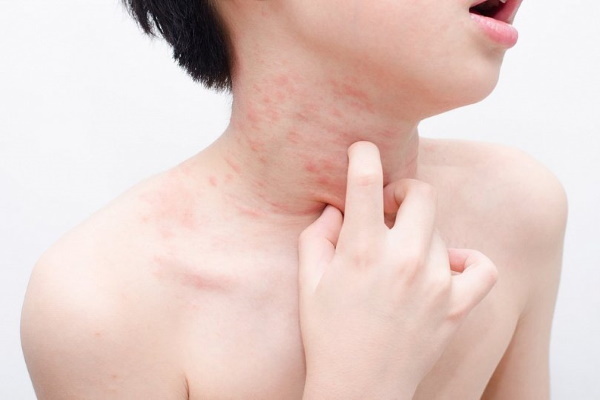
If these symptoms occur, the drug should be discontinued and medical attention should be sought.
Overdose
In clinical practice, cases of drug overdose have not been recorded.
special instructions
Special instructions for treatment with the remedy include:
- if the next dose of the drug is missed, then the intake is continued in the same order as before (the dosage and frequency do not change);
- for intravenous administration, do not use solutions containing proteins;
- if drug withdrawal is required, then this can be done immediately, without a gradual reduction in dosage;
- taking the medicine does not affect the control of dangerous mechanisms, including vehicles;
- if the injections are accompanied by increased pain, then the lyophilisate can be used in conjunction with a solution of novocaine or procaine (in the absence of individual intolerance).
Drug interactions
Polyoxidonium for children, reviews of which are positive both on the part of patients and on the part of doctors, goes very well with drugs other pharmacological groups (glucocorticosteroids, antibiotics, antihistamines, antimycotics, antivirals), as well as with immunomodulators containing interferons.
Analogs
This drug has no complete analogues in composition. The active substance, azoxymer bromide, is a part of the influenza vaccines Grippol plus and Grippol Quadrivalent.
According to the pharmacological action, there is a group of drugs - immunomodulators for children, indicated in the table below.
| Name, form of issue | Active ingredient | Age from which the use is permitted | Indications | Average price, rub. |
| Ingavirin capsules 30, 60 or 90 mg | Vitaglutam | After 13 years | Treatment and prevention of ARVI and influenza, inflammation of the adenoids | 330 (7 capsules of 60 mg |
| Cycloferon, tablets, liniment, injection solution | Meglumine Acridone Acetate | After 4 years | Treatment of influenza, acute respiratory infections, herpesvirus infection | 165 (10 tablets of 150 mg) |
| Viferon, candles, ointment, gel | Interferon alpha-2b | From birth | Infectious and inflammatory diseases of various etiologies, including influenza, SARS, pneumonia, meningitis, sepsi, chlamydia, herpes, hepatitis, vaginosis | 300 (10 candles 150 thous. IU) |
| Amiksin 60 and 125 mg tablets | Tiloron | After 7 years | Treatment of influenza, ARVI | 560 |
| Galavit, tablets, suppositories, powder for preparation of injection solution | Galavit | After 6 years | Intestinal infections, papilomatosis, herpes, stomach and duodenal ulcers, furunculosis, burns, acute respiratory viral infections, bronchitis, pneumonia and other infectious and inflammatory pathologies | 450 (5 suppositories, 50 mg each) |
Terms, conditions of sale and storage
Storage and sale conditions are shown in the table below.
| Release form | Storage temperature, ° С | Shelf life | Additional storage requirements | Drug category according to the terms of sale |
| Pills | +2…+25 | 2 | Keep out of reach of children | Over-the-counter |
| Candles | +2…+15 | 2 | ||
| Lyophilisate | +2…+8 | 2 | Dry place, keep out of the reach of children | Prescription |
Price in pharmacies in Moscow, St. Petersburg, regions
The average price for this medicine is as follows:
- tablets - 680 rubles;
- candles - 900 rubles;
- lyophilisate - 790 rubles. and 1150 rubles. for ampoules 3 and 6 mg, respectively.
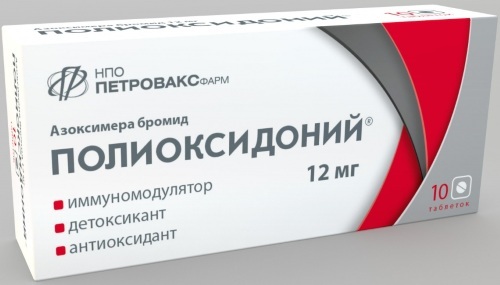
Polyoxidonium for children is a well-studied therapeutic agent that has proven itself in pediatric practice as an effective immunomodulator.
According to doctors and patients, the best result is achieved when taken simultaneously with etiotropic drugs. As a monotherapy, it is indicated during the rehabilitation period after diseases of a viral, bacterial and fungal nature, as well as for their prevention.
The active substance has a complex effect on immune cells. In children, this medicine can also be used to prevent influenza. Unlike vaccines and other similar immunomodulators, this agent has a small number of possible complications and side effects.
Article design: Vladimir the Great
Video about the drug Polyoxidonium
Doctor's opinion about the drug Polyoxidonium:
https://www.youtube.com/watch? v = 0PFvUEWVQAE

